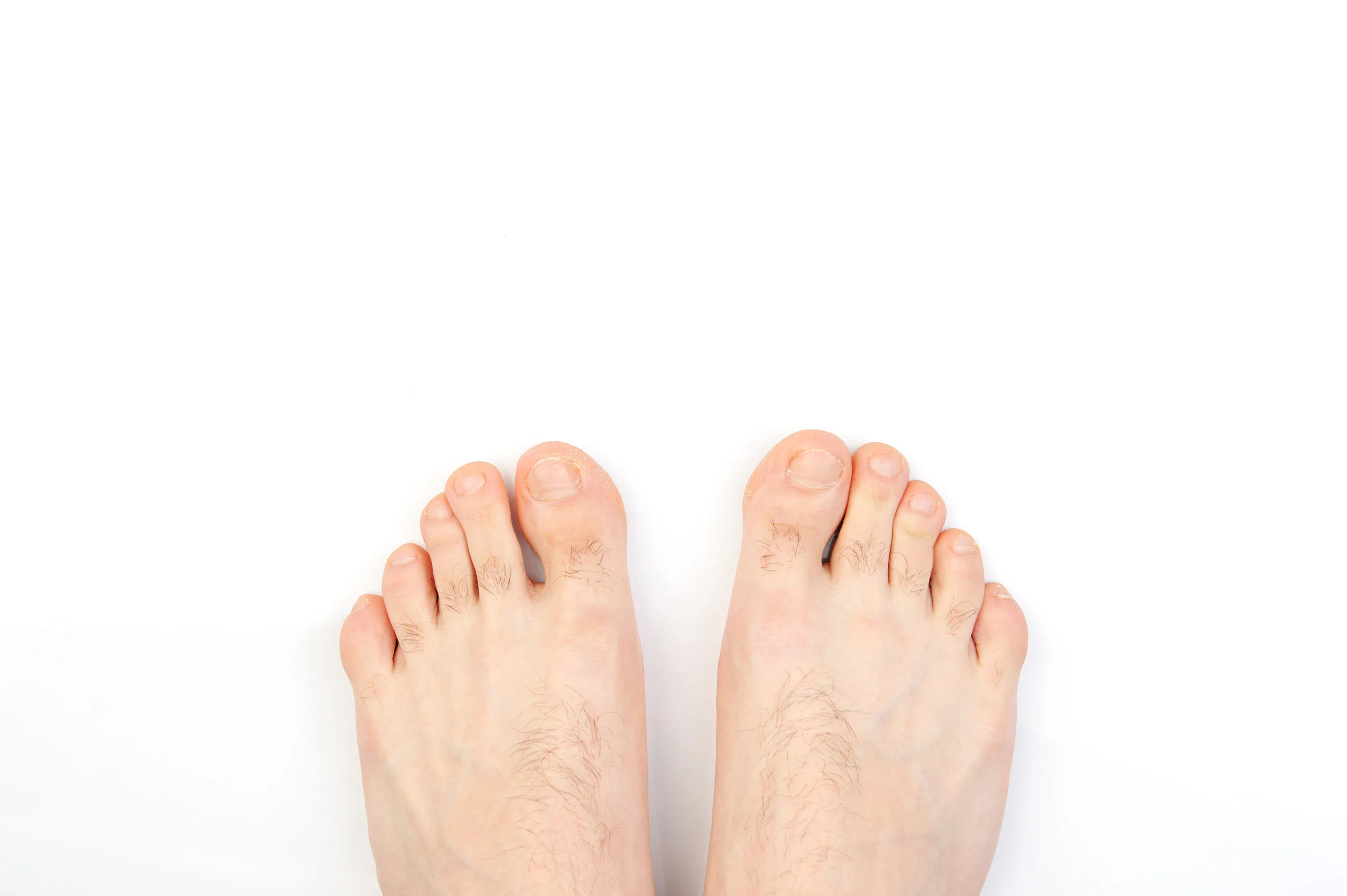So, this story is a little embarrassing, but it’s for a good cause.
All the chronic and autoimmune patients I know try to keep a close watch on their conditions. No one wants to be surprised when the doctor tells you that you aren’t doing as well as you think you are. But there are ways to keep tabs on your conditions that don’t require a needle and test tubes. This is how I figured it out.
I gave up a long time ago on “preparing” for doctors’ appointments -- shaving and making sure I am wearing “good” clothes. It always seemed about as pointless as wearing makeup to the gym. Plus there are just too many appointments for me to care. I don’t think the doctors care, either.
During one such unprepared appointment, my endocrinologist was checking my feet. (Diabetics always get their feet checked. Peripheral neuropathy, a common complication that I have, can cause amputations.) Having not shaved, my big toes were a little hairy. Embarrassed, I apologized. His response surprised me. He said that hairy toes were good. It was a sign that the circulation in my feet was good. I think I was even more embarrassed then. I really didn’t want to call attention to my hairy toes, even if it was good.
It made me think about other things that could be used as secondary indicators for any chronic or autoimmune patient. There are always signs that things aren’t quite right before it gets really bad.
Blood circulation can be a warning for a lot of conditions. For example, hair health, at least a the root and scalp, can also be an indicator of poor circulation. The split ends are on you.
Changes in your nails can indicate problems with several systems, including kidneys, heart, lungs, digestive, and endocrine (things related to hormones, including diabetes – insulin is a hormone). The one I always have is vertically ridged nails. So did my mom. A common sign of aging, it’s also a pretty common thing in younger people with chronic and autoimmune conditions, and can indicate a protein, iron, or other vitamin deficiency. As long as my blood tests say my levels of those things are in a healthy range, I don’t worry about it. But if my mild vertical lines change or other things change in my nails, like shape, horizontal ridges appearing, or splitting, that’s cause for concern, something I would definitely raise with my doctor.
The other big one is teeth. Well, gums actually. Oral health is a little different because it is, as one article puts it, a two way street. That is, poor oral health can cause or be caused by other health conditions. Examples include:
Poor diabetes control can cause more cavities, gum disease, and if you bite your tongue or burn the roof of your mouth, it can take forever to heal.
Bone loss in your teeth can be a cue to check for osteoporosis.
Gum disease can indicate higher risk of heart disease.
Bacterial infections in your mouth can increase the risk that bacteria will get into your bloodstream and affect your heart valves.
There are a lot of ways to keep tabs on your condition between doctor visits and blood tests. If seemingly unrelated symptoms crop up, it might be an indicator that things aren’t as good as you think. So, just check in every once in a while, with your teeth, your nails, even your hairy toes.

